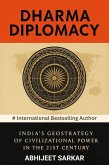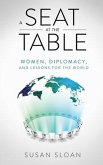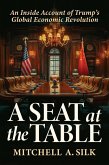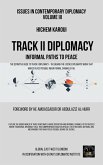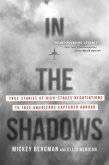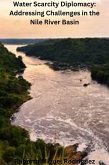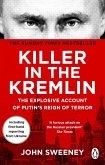Part I lays the groundwork, defining coercive diplomacy and distinguishing it from outright war. It examines historical cases, from the Cuban Missile Crisis to modern interventions, to identify the conditions under which threats succeed or fail.
Part II delves into the Iran nuclear crisis, tracing its origins, diplomatic deadlocks, and the pivotal intelligence that pushed the U.S. toward military action. It reveals the strategic calculus behind target selection and the delicate balance between inflicting enough damage to compel compliance while avoiding all-out war.
Part III provides a blow-by-blow account of the June 21, 2025, strikes, the stealth bombers, bunker-busting munitions, and Iran's furious response. It captures the global shockwaves, from oil price spikes to regional unrest, as the world held its breath.
Part IV assesses the aftermath. Did the strikes force Iran back to negotiations, or did they ignite a dangerous new phase of conflict? The book concludes with critical lessons for future coercive strategies, when they might work, when they risk catastrophe, and whether there's ever a truly clean victory in the realm of high-stakes diplomacy.
Provocative, meticulously researched, and timely, this book is an indispensable guide to understanding the limits of power in an age where diplomacy and destruction walk a razor's edge.
Dieser Download kann aus rechtlichen Gründen nur mit Rechnungsadresse in A, B, CY, CZ, D, DK, EW, E, FIN, F, GR, H, IRL, I, LT, L, LR, M, NL, PL, P, R, S, SLO, SK ausgeliefert werden.



